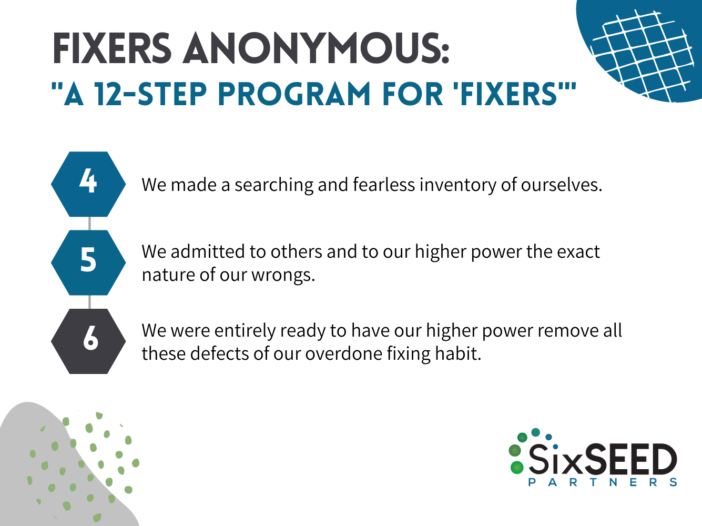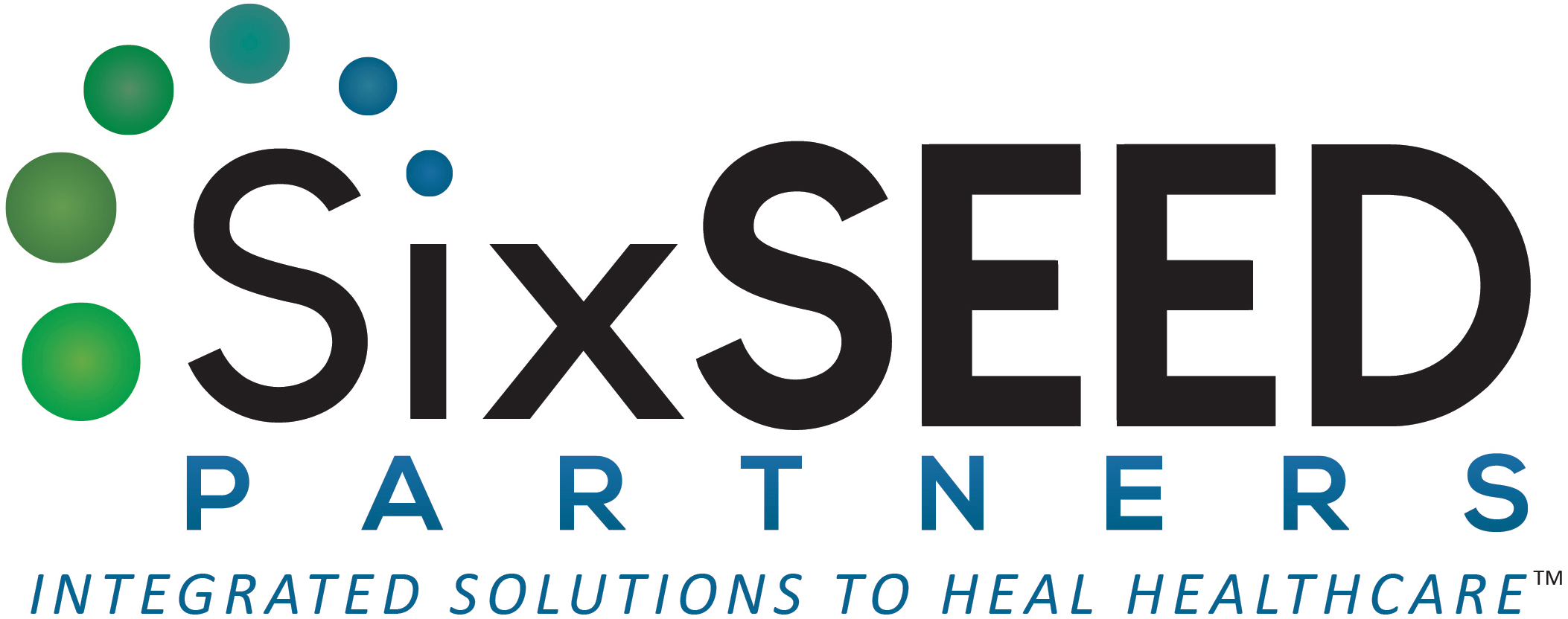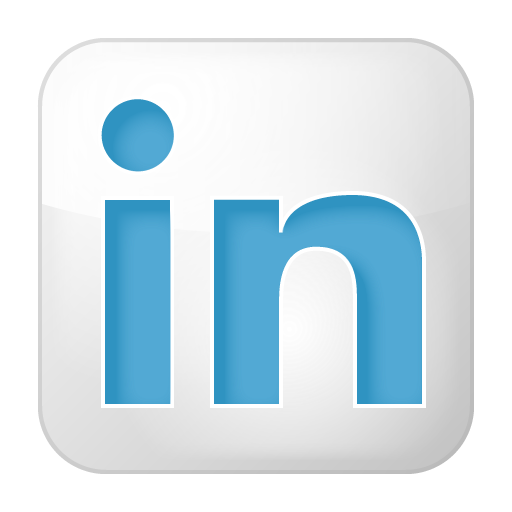
By Joy W. Goldman RN, MS, PCC: A recovering fixer!
We continue our post stress management strategies for those of us who identify as “I’m a fixer!—I fix things!”
Fixing, also known as problem-solving, is a valuable skill, until we approach everything in our work and personal lives as problems to fix. Here we’ve adapted the time-tested 12-step program from Alcoholics Anonymous to habitual problem solvers/ fixers for steps 4-6.
4. We made a searching and fearless inventory of ourselves. We admitted that our tendency to attribute the cause of problems to others and place ourselves in a victim or hero role was interfering with our getting the results we want and draining us of the energy we need to get things done. This wasn’t someone else’s issue.. this perpetual perspective of “fixing” was ours to solve……oh, oh! We also acknowledged that our desire to fix came from a well-intentioned place—we want to ease the burden of others and make a positive contribution in the world. How might we harness that energy of contribution while continuing to appreciate our “fixer identity” when that approach was needed?
5. We admitted to others and to our higher power the exact nature of our wrongs. We acknowledged that our desire to fix became a barrier to others wanting to collaborate and communicate with us. We even noticed that we were pushing people away in our personal lives as we applied our fixer approach to loved ones who didn’t want a fixer and just wanted someone to listen. We summoned the courage to become transparent with others about our desire to expand our way of perceiving challenges and to humbly ask for help. We noticed that when other leaders were transparent about their development efforts, others looked at them with greater respect. Perhaps we can trust ourselves enough to believe that showing our own vulnerability might engender more trust and desire for partnership.
6. We were entirely ready to have our higher power remove all these defects of our overdone fixing habit. We started asking for help and learned that there was a supplemental way of perceiving challenges that expanded upon fixing. We didn’t have to relinquish our fixing identity: we could add to it different perspectives that allowed us to see a larger and more complex picture. Expending less energy and embracing other perspectives actually could create longer lasting, effective outcomes with less wear and tear on myself and others!


Leave a Reply